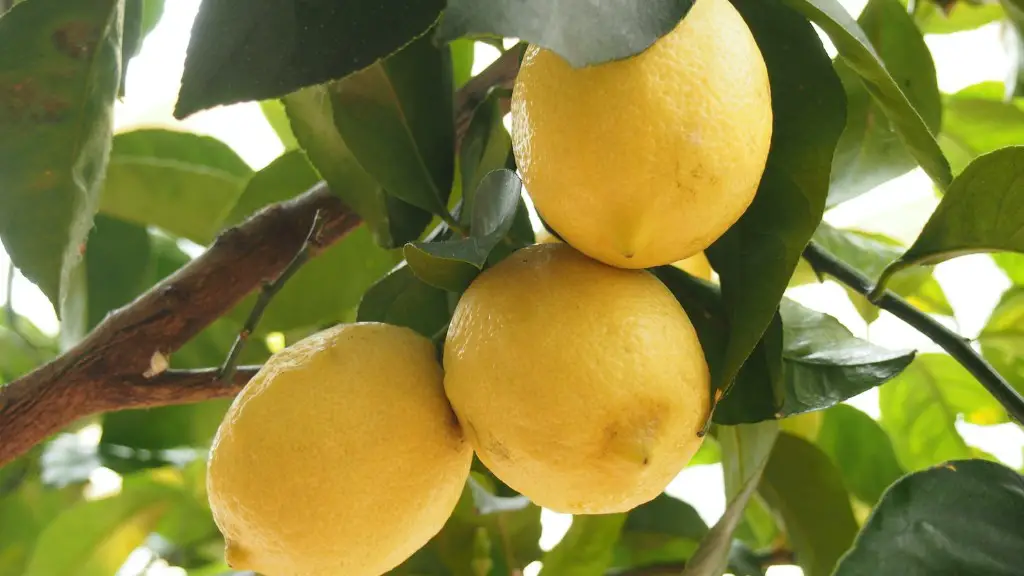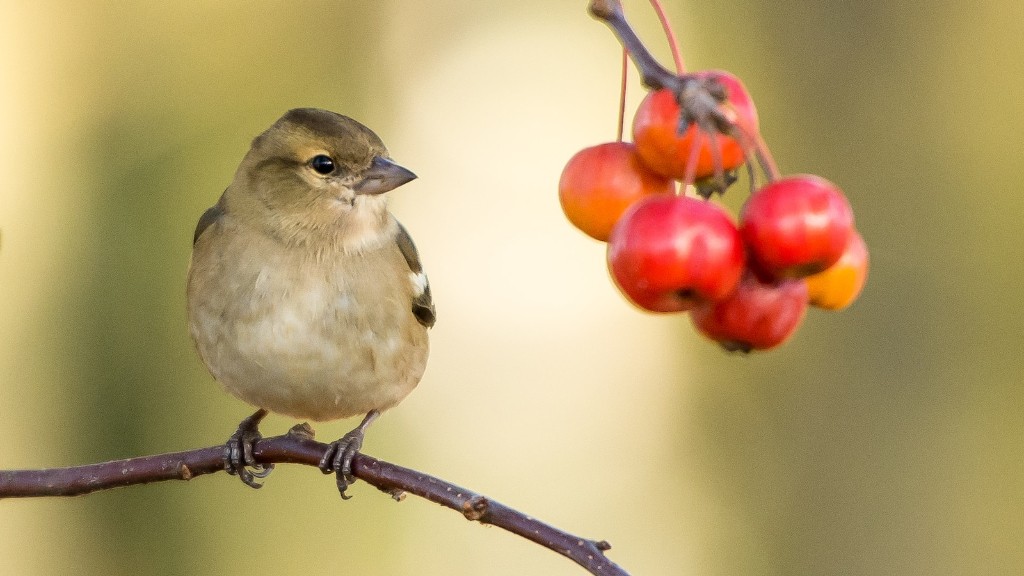When transplanting lemon trees, there are several important considerations to be aware of. Firstly, the root system of the tree should be healthy and protected from any major damage. Secondly, the new location must provide adequate drainage so the tree will not be waterlogged. Thirdly and perhaps most importantly, it is important to select the right time of the year. In many temperate climates, the optimal time to transplant lemon trees is in late spring to early summer, before the extreme heat of summer arrives and when the tree goes inactive during winter. If transplanting is necessary during other parts of the year, it should be done cautiously and with caution.
Soil Quality
Another important factor when transplanting a lemon tree is the quality of the soil. The soil should be amended with compost, manure, and other organic matter to improve its fertility. Before transplanting the tree, dig a hole about four times the size of the root ball and mix your organic soil amendments into the soil. Choose a spot that is not prone to flooding and will receive plenty of sunshine. Once the tree is planted, it is important to water it consistently and to cover the soil with a layer of mulch. This will help keep the soil moist and free of weeds, while allowing sufficient air circulation around the root ball.
Preparing the Tree
Prior to transplanting the lemon tree, it is important to prune the roots and canopy. Remove any dead or diseased branches and allow the roots to be exposed. This will reduce the shock to the tree during the transplant and encourage new root growth. Be careful to not prune away too much and damage the tree, but create enough of an opening to facilitate the transition. Once the tree has been properly pruned, it can be removed from the original pot and placed in its new home.
Staking the Tree
In order for the lemon tree to receive adequate support, it may be necessary to stake the tree. This should be done soon after planting the tree. Use a good-quality stake and insert it into the ground about 18 inches away from the trunk of the tree. Tie the tree to the stake using garden twine until the roots are established and the tree is able to stand on its own.
Care After Transplanting
Once the tree is properly planted and staked, it is important to provide it with consistent care. Water the tree when the soil begins to dry and be sure to fertilize it regularly. The fertilizer should be specific to citrus and should be applied when the tree is in active growth. Additionally, it is important to provide the tree with adequate sunlight, as lemon trees thrive in full sun. Prune the tree as needed to promote vigorous new growth and cull away any dead or diseased branches.
Protecting the Tree During Cold Weather
Depending on the climate, lemon trees may need protection from severe cold weather. In winter months, shield the tree from frost and snow by wrapping it with a clean blanket or sheet. Additionally, keep humidity levels up by using a humidifier, as too much moisture can damage or even kill the tree. Lastly, be sure to remove any protective material from the tree during warm weather, as enforced insulation can lead to overheating and the death of the tree.
Snow Protection for the Tree
Should snow occur when transplanting a lemon tree, be sure to protect the tree from potential damage. If the snowfall is light, simply cover the snow around the tree with a blanket or sheet. Heavy snowfall will require additional protection. As the tree is not yet fully rooted, it may not have a solid enough foundation to support the added weight of the snow. To prevent the tree from toppling over, create a perimeter around the tree using stakes and sturdy material such as burlap or a wire cage. This should provide sufficient protection for the tree until it is rooted and can better withstand heavy snowfall.
Protecting the Tree From Wind Damage
When transplanting a lemon tree into a new location, be sure to protect it from wind damage. Wind can cause the tree to sway and put unwanted strain on the root system. To protect the tree, build a wall of straw bales around the tree, which will absorb the force of the wind and provide adequate support. If there is no suitable material available, such as straw bales, consider putting up a temporary wire fence to protect the tree. It’s important to take extra precautions when transplanting into a windy area, as strong winds can easily topple or damage an otherwise healthy tree.
Watering the Tree After Transplanting
When transplanting lemon trees, it is important to provide them with the proper amount of water. In the first few weeks after planting, the tree should be watered consistently, about every other day. As the tree establishes its roots, the watering schedule should decrease and be dependent on the weather, with more frequent watering during dry periods or extended heat waves. It is important to keep the root ball moist, but be careful not to over-water, as too much water can damage the roots and cause the tree to suffer.
Choosing the Correct Transplant Container
When transplanting lemon trees, choosing the right container plays an important role in their success. Select a container that is slightly larger than the root ball of the tree, as this will allow the tree to grow as it should. The container should be opaque, as dark containers slow down cooling and warm up more slowly in the sun while allowing the roots to breathe. Additionally, select a container with good drainage holes, as proper drainage is essential for the overall health of the tree.
Applying Fertilizers After Transplanting
After transplanting a lemon tree, it is important to provide it with the proper nutrients to keep it healthy. Use a high-quality fertilizer specifically formulated for citrus trees and be sure to apply it at the correct time of the year. This is typically late spring to early summer, when the tree is actively growing. Depending on the type of fertilizer used, it may need to be applied every few weeks to ensure the tree is receiving the proper nutrients.


